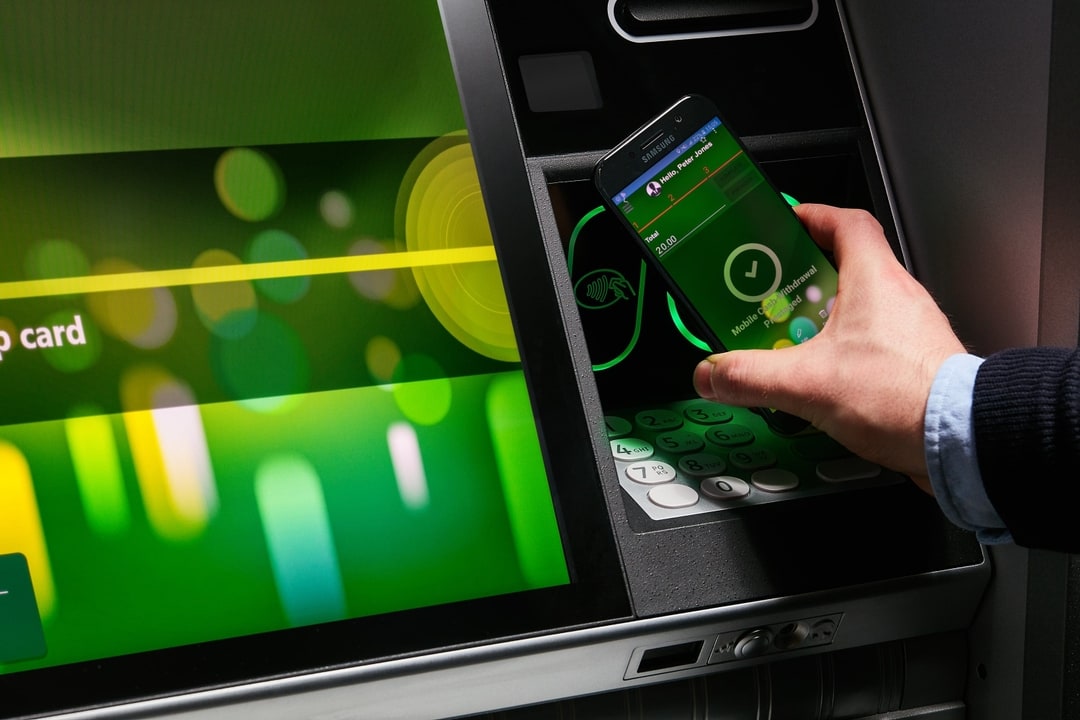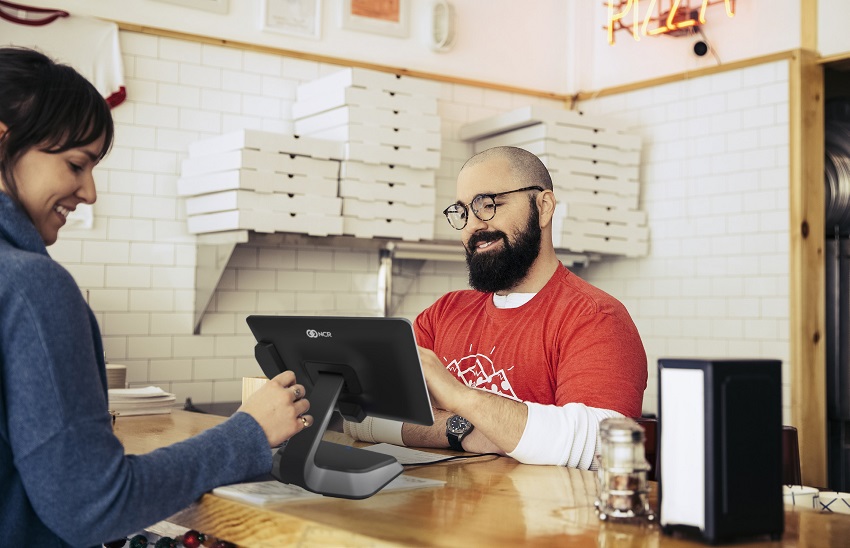Rationalization: Making sense of banking in the COVID-19 digital era
Published February 24, 2021
by Anita Robinson, NCR Banking Professional Services
Thanks to the pandemic, just about everything we would normally leave our homes to do now gets done from our phone or computer.
We’ve had to lower our collective expectations of what “normal” or “acceptable” human interaction means. And as the powerful craving for socialization grows, we take it where we can get it. Gripes of “I wish I could go out with my friends” have been reduced to desperate pleas: “I just wanna be able to chat with my bank teller!”
OK, that might be a bit of an exaggeration, but you get the picture.
COVID-19 has undeniably forced many in-person services to go online. The effect has been felt by financial institutions (FIs) that now have to embrace a digital-first approach. But simply making services digitally accessible doesn’t cut it—they’ll need to rethink their digital-first strategy as a whole.
And they’ll need to do it with rationalization.
While many major FIs lead the charge for digital transformation, up until the pandemic, they still offered full-service branch banking. But because that flexibility has been removed, meeting the needs of all customers digitally is easier said than done. Prioritizing where to optimize current processes and where to transform them is the key. In layman’s terms, that means figuring out which processes are digital-ready and which will need to be overhauled. Let’s dive deeper.
What is rationalization, and why does it matter?
Rationalization simply means the process of prioritizing digitization. It’s what allows FIs to offer digital solutions at a sensible pace and in a sensible order.
Confusing? Think of it like this:
Opening a checking account is simple. Provide proof of identity and address, fill out a form, and boom—it’s ready to go. Account applications are a digital-ready banking service and would be a priority to move online.
Now, consider applying for a loan. An underwriter needs to carefully evaluate the applicant, which typically involves a mountain of paperwork loaded with long, confusing words and requirements. Well, if that mountain of paperwork is intimidating with the help of a professional, imagine how customers might feel when left to their own (literal) devices.
It’s just not sensible to rush loan processing as a digital solution until it has been improved, so it would be a mistake for FIs to prioritize it.
As Anita Robinson, banking transformation practice at NCR, says, “You can digitize a process, but if the process is already flawed or has lots of friction, all you’re doing is making a bad process faster.” Simply taking an outdated, clunky process and moving it online is a flawed approach. It is irrational (see where we’re going with this?).
Rationalization matters because an estimated 3 billion people will access banking through digital devices in 2021. As the pandemic has been a catalyst for digitization in all industries, the finance sector (which has been slower to adopt when compared with other industries, like retail) has some catching up to do.
“Most banks have thought in terms of a 3, 5, 10+ year plan, but rationalization is thinking of what’s most important now and how to prioritize digital efforts around that,” Robinson says.
How financial institutions should approach rationalization
In order to digitize traditionally paper- or people-based processes effectively, FIs can use rationalization to break down their digital-first strategy into areas that are proven to deliver long-term digital success.
Modernize the Customer Experience
The digital-first banking customer experience is evolving alongside expectations.
That means FIs need to fundamentally redefine the experience offered online to keep customers coming back. Enriching the customer experience will serve to build loyalty and prevent alienation of different demographics.
“If the process is already flawed, all you’re doing is making a bad process faster.”
Key customer experience considerations should be:
- Automation: Automating processes allow banks and financial service providers to reduce costs, improve efficiency, and deliver an “always on” experience. Using automation to assist with common tasks effectively replaces the need for human assistance.
- Ease-of-use: Along with being more accessible to people who might be put off by digitization, intuitive use and resources for learning are integral to digital customer success.
- Constant support: Customers find value in the convenience of taking care of things themselves but still want to feel they have backup when it’s needed. Forty-nine percent say real-time support from real people is key to fostering loyalty.
- Enhanced security: When money and data are on the line, cybersecurity in digital-first banking is fundamental to giving customers peace of mind.
Develop strong Digital channels
According to a 2017 McKinsey survey, 60% of banking customers globally use digital channels. That means that banking is headed full steam into a digitally-dominant era, and FIs need a presence across all digital touchpoints.
Major digital-first banking channels include desktop/browser banking, mobile applications and even social media integrations. Customers want to access digital banking at their convenience. So FIs need to adopt a mobile-first mentality and ensure that products and services are optimized for all devices and platforms. Discover how Bay Federal enhanced their customer experience by building a digital banking app around their users.
Use data for personalization
FIs must leverage the insights from data to create personalized, relevant experiences. Customers seek products and services that solve their problems and suit their needs. The enormous increase in data collected from digital touch points means banks can tailor the experience and deliver winning products and support.
At the end of the day, customers are the most important aspect of rationalization. If FIs don’t understand their customers’ needs and prioritize how to best serve them, any effort to digitize will be misguided.
Why the concept of rationalization goes beyond banking
Rationalization goes beyond banking because all sectors across the globe are now forced to reassess how they plan to survive. While rationalization is assumed to only apply to finance, the obstacles brought on by COVID-19 require an adaptive mindset in any industry.
According to a 2020 report from McKinsey, “In just a few months’ time, the COVID-19 crisis has brought about years of change in the way companies in all sectors and regions do business ... [T]heir companies have accelerated the digitization of their customer and supply-chain interactions and of their internal operations by three to four years.”
Some industries are better prepared for digital transformation than others. Because of better-established digital channels and online presence, retail managed to rationalize quicker—whereas hospitality fared more closely to banking (in that processes were far behind the digital times). Some restaurants, for example, didn’t even have an online presence pre-COVID. Now, they face their own version of rationalization to sustain.
NCR’s Anita Robinson said of those other industries, “If they took advantage of this wave, they survived. You have to do something different to get something different.”
Rationalization looks different to each vertical. Suppression in manufacturing and the supply chain has forced sellers of physical products to optimize distribution processes, while digital products have soared, forcing developers to restructure to avoid becoming overwhelmed.
“You have to do something different to get something different.”
This all indicates that while the consequences may be different, rationalization is a method of handling these challenges in an optimal way—with continued growth at the heart of it.



